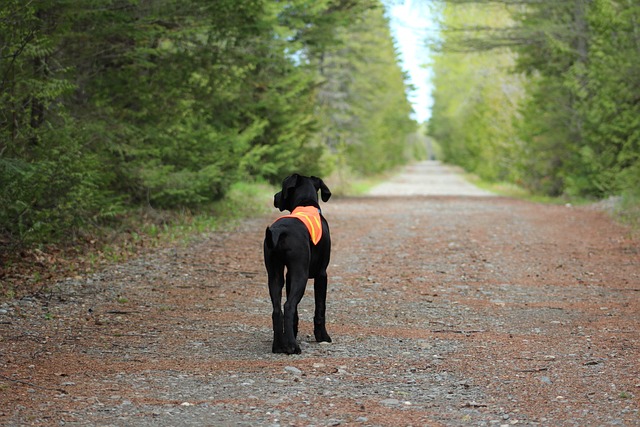Creating a Safe Home Environment for Pets
As a responsible pet owner, it’s essential to provide your furry friends with a safe and comfortable home environment. A well-designed space not only ensures the physical health of your pets but also fosters their mental well-being. In this article, we’ll explore key points on creating a safe home environment for pets, including identifying potential hazards, designing pet-friendly spaces, and implementing safety measures.
Before diving into the details, it’s crucial to understand that every pet is unique, with its own set of needs and preferences. By taking the time to observe your pet’s behavior and adjust your space accordingly, you can create a home environment that meets their specific requirements. This might involve rearranging furniture or adding specific toys or accessories.
One of the most critical aspects of creating a safe home environment is identifying potential hazards. Common dangers include toxic substances, electrical cords, loose items, and fragile objects. To mitigate these risks, consider the following steps:
- Store hazardous materials, such as cleaning supplies or pesticides, out of reach of your pets.
- Secure loose wires and cables to prevent tripping hazards or electrical shock.
- Keep fragile items, like vases or ornaments, in secure locations where they won’t fall.
- Regularly clean up clutter and messes to reduce the risk of entanglement or ingestion.
Designing a pet-friendly space is another essential aspect of creating a safe home environment. This might involve repurposing furniture, adding comfortable bedding, or incorporating play areas. Here are some tips to get you started:
- Create a cozy sleeping area with plush bedding and a quiet location.
- Incorporate a variety of toys and puzzle toys to keep your pet entertained and stimulated.
- Consider adding vertical elements, such as cat shelves or dog beds, to create a sense of security and observation.
In addition to designing a safe space, implementing safety measures is crucial. Here are some tips to get you started:
- Install pet gates or barriers to restrict access to certain areas or rooms.
- Secure outdoor enclosures or fences to prevent escape or injury.
- Maintain a consistent temperature range and humidity level to reduce stress and discomfort.
- Provide regular veterinary check-ups and stay up-to-date on vaccinations and preventatives.
In conclusion, creating a safe home environment for pets requires attention to detail, patience, and a willingness to adapt. By identifying potential hazards, designing pet-friendly spaces, and implementing safety measures, you can provide your furry friends with a comfortable and secure place to live. Remember to observe your pet’s behavior, adjust your space accordingly, and prioritize their physical and mental well-being.
Some additional tips for creating a safe home environment include:
Investing in a pet-proofing kit or DIY kit can help you identify potential hazards and take proactive steps to mitigate them. Regularly cleaning and decluttering your home can reduce the risk of entanglement, ingestion, or other accidents. Consider consulting with a professional pet behaviorist or trainer for personalized advice on creating a safe and happy home environment.
By following these tips and prioritizing your pet’s safety and well-being, you can create a home environment that is both comfortable and secure. Remember to stay vigilant, observe your pet’s behavior, and adapt your space as needed to ensure the health and happiness of your furry friend.
Tags: Pet Safety Tips, Safe Home Environment, Dog Safety, Cat Safety, Pet Proofing

